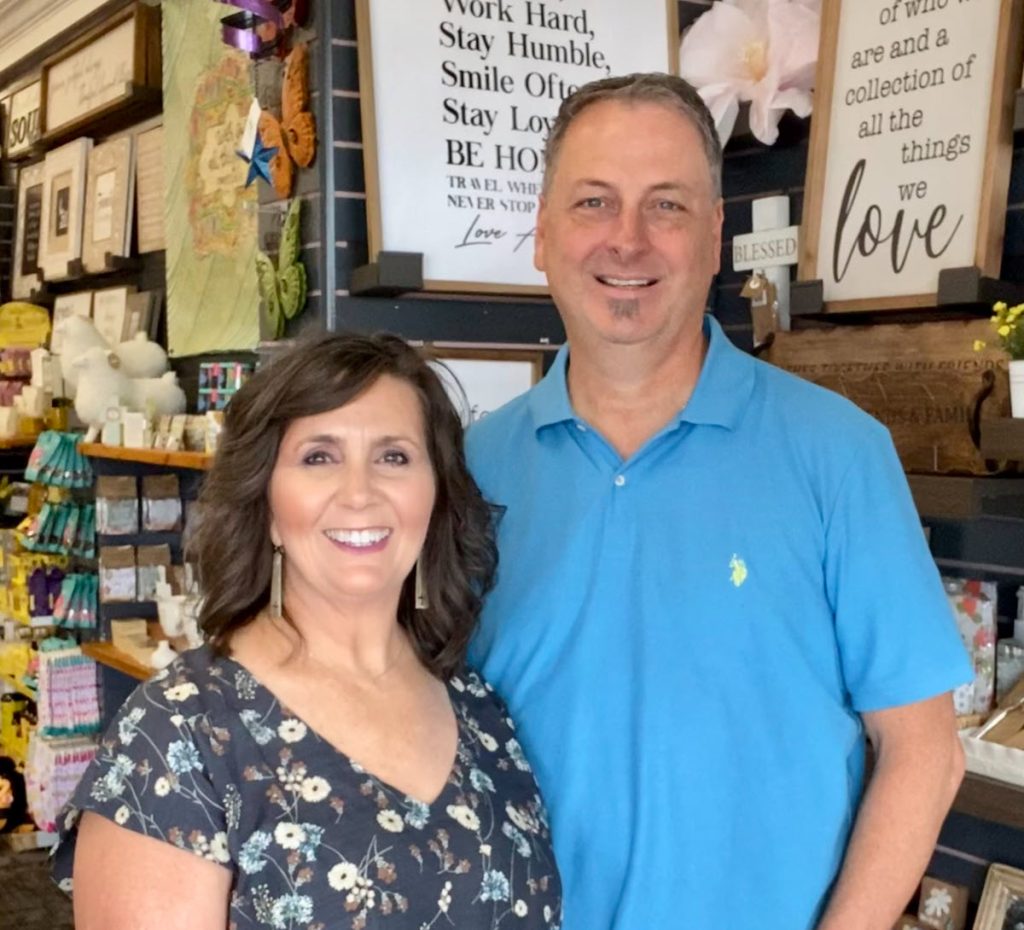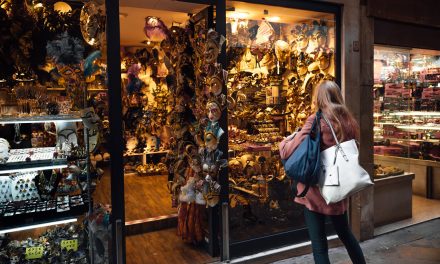Retailers Share What They Are Seeing This Year
By Angie Landsverk
Sales are a mixed bag this year, with some gift shop owners reporting great numbers and store traffic and others saying sales are down.
“We are on track to be up for the year,” said Donna McCollough, who owns Dove Christian Supply with her husband, Chip. In fact, she predicts their overall sales will be 5% to 25% higher compared to those of recent years.
“Our inventory selection and promotions are driving people to shop with us. We have increased our social media presence,” she said of what the Alabama store is experiencing.
First-quarter sales were great, with McCollough describing them as the “best year in probably 20 years so far for this year.”
She said they have not made any major changes to their main categories of books, Bibles, and gifts. “We focus on inspirational and faith products mainly, but we have added smaller collections of personal care items like specialty lotions, soaps, etc. in that category and try to order from companies that have a bigger mission or support a nonprofit that aligns with our values,” McCollough said.
Regarding promotions, Dove Christian Supply is part of an independent group of Christian book and gift stores that partners with The Parable Group. The marketing company helps them mail vendor-supported catalogs.
“We send those to our top customers on a regular basis, and that brings them in,” she said. “We also are very active on social media and are trying to grow our online presence and create community so that people will build trust with our store and shop with us.”
They have expanded the store’s social media presence by going live regularly with a Monday Motivation devotional and a What’s New Wednesday that features new arrivals, McCollough said. “And for the summer (from Memorial Day to Labor Day), we have a Friday Reads segment that focuses on great books to check out over the summer for traveling, etc.,” she said. “We have a small budget for ads on Facebook and Instagram but mainly try to be our authentic selves and just create community and find people.”
She said developing trust is key to their social media followers wanting to shop with them and taking their recommendations on products carried in the store. “It’s easy to get discouraged when you don’t see immediate results on growing our audience, but we just keep showing up, and I think that consistency is key,” McCollough said. “We have started showing up on TikTok but are still trying to figure out how to best use that platform.”
When asked about customers’ buying habits this year, she said people are spending more, with body care products, gifts, T-shirts, and Bibles all up for them.
Why does she think those product categories are up? “I think we do a great job of merchandising the product and sharing the stories behind the products and giving our personal stories or testimonials about the products,” McCollough said. “We really strive to have messaging or sentiments on our selection that is meaningful, and I think people are looking for hope and encouragement, or they want to share those things with others in the gifts that they give. Also, we have built the relationships with customers through our social media and in store, so they trust us and like shopping with us.”
Like McCollough, Jean Hietala of Made in Colorado is among the business owners who shared what they are seeing these days — and expecting for the rest of 2023.
Hietala said her first-quarter sales were “way down” from what they were during the COVID-19 pandemic. And she predicts her sales will be down 25% to 50% at year’s end.
“People are not traveling like they did during COVID-19,” Hietala said. Her shop in southwest Colorado is two hours from both the Great Sand Dunes and Mesa Verde National Park. “We are in between both of them,” she said. “We have the world’s deepest hot springs in town, so we get a lot of tourists for that. We have a ski area 25 miles from us, and that brings some people in the winter, but summer is by far our busiest time of year.”
This year, her customers are spending less. “When the economy is bad (like now), people buy more shirts and hoodies. In a good economy, we sell more pottery and earrings,” said Hietala, who has had to slightly increase the prices on some items.
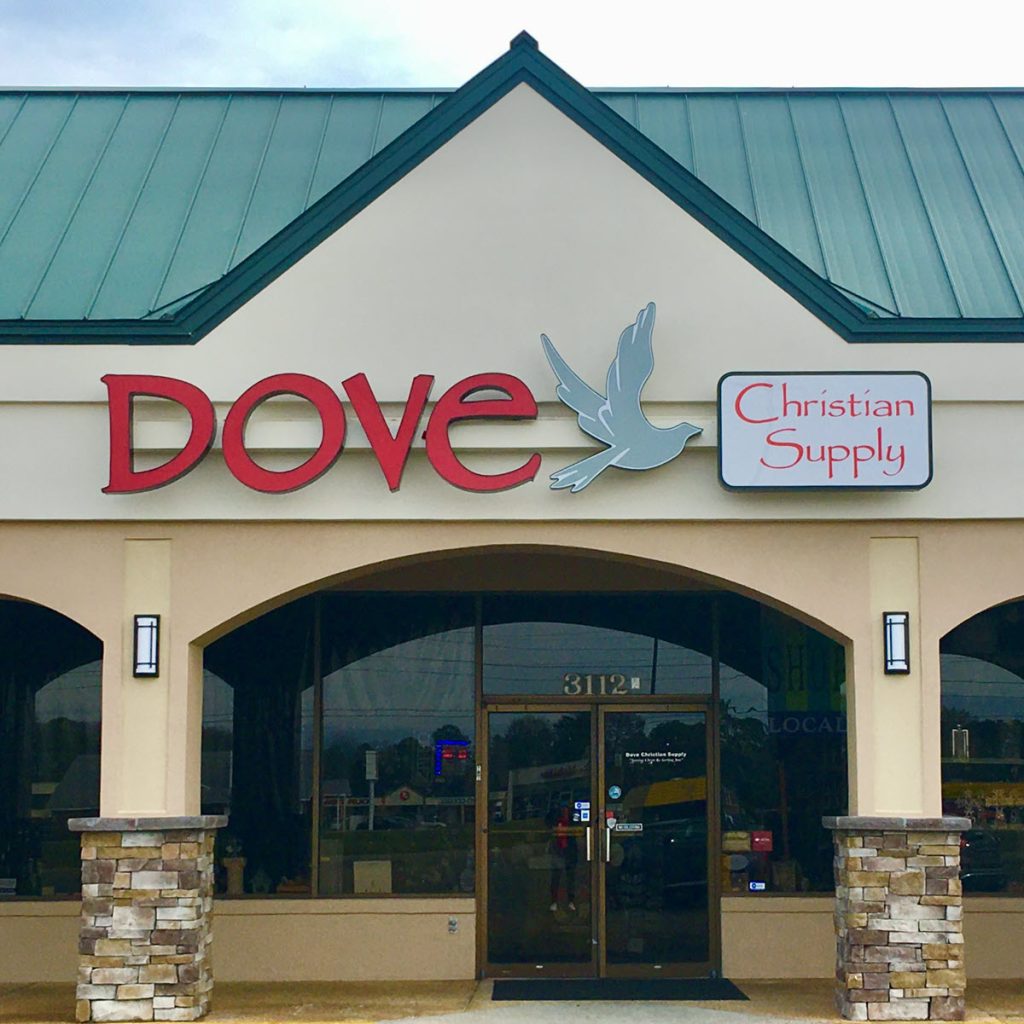
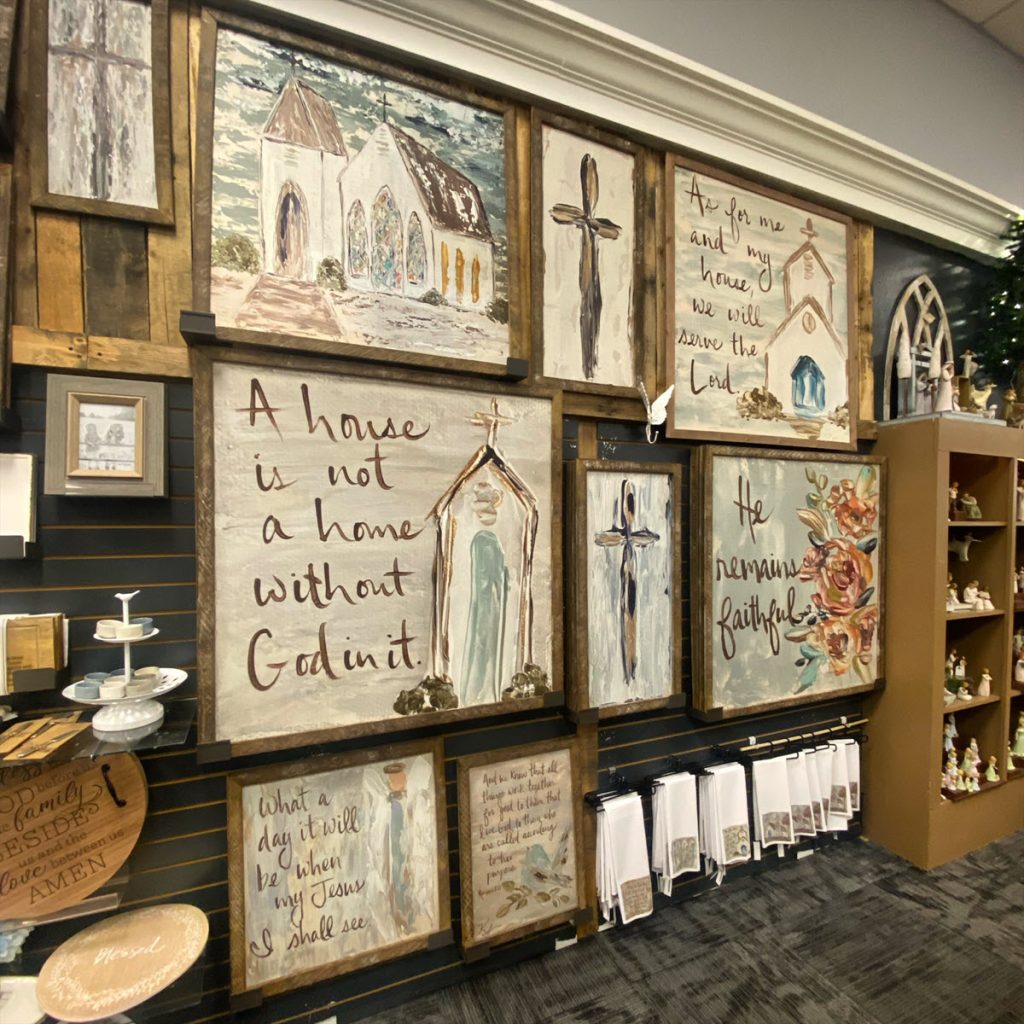
What Is Selling
In Wisconsin, Bernadette Pegorsch of Main Street Marketplace said she has found interesting new lines and tried to keep prices reasonable.
One of those lines is handmade candle houses in the shape of actual houses and historic buildings in Europe, she said. “They retail at around $100 depending on size. While we don’t sell them every day, when we do sell one, it usually has a lot of meaning for the person buying it, reminding them of a special vacation,” Pegorsch said.
Looking for new lines is an almost-constant activity for her and it’s a fun one. Pegorsch gets ideas from the gift publications she receives in the mail or online and makes time to meet with new sales reps, as well as longtime ones.
Pegorsch attends gift shows, and when traveling, she likes to visit other stores to get ideas about what is selling in other parts of the country. “I also like to check out sites on Facebook, such as Better Homes & Gardens, to get an idea of what colors, patterns, and decorating styles designers are choosing. And even keeping an eye on what’s being shown on current television shows is helpful to guide buying decisions. Then I take that stew of information and apply it to our current model of carrying products that fit today’s tastes but will also last for many years,” she said.
Another product line doing well at Main Street Marketplace is Nora Fleming. It is not new to her store.
“People like the style of the serving pieces because they fit in traditional or modern homes,” Pegorsch said of the line. “They love collecting the minis for themselves and also as gifts to add to someone else’s collection.”
Her customers are spending more this year. “People are looking for quality over trendy,” Pegorsch said.
For example, she has noticed customers are choosing the higher-end wind chimes from Carson or Wind River because they appreciate the quality and pleasant sounds they make.
“I think people still really like trendy items because they have current appeal — like the young girls who stopped in recently carrying a giant stuffed Bob Ross. They bought it for their cousin, and they were just giddy about it,” she said. “And there are a lot of stores that do trendy very well, so we decided to go a different direction. I think being fortunate enough to be around for 35 years, we know a bit about our core customers, so making the leap from impulse-type buys to nicer quality items wasn’t so scary.”
While she has not really changed her pricing, Pegorsch said, “I have noticed several businesses and restaurants adding up to 3.75% of sales onto credit card purchases. We have not done this, but it seems to be a trend.”
Main Street Marketplace’s first-quarter sales were up slightly from last year. She predicts sales will be up 5% to 25% at the end of the year.
Brandy Boyd of BMB Designs said her first-quarter sales were awesome for classes but not so much for product. “They were higher in total across both categories than last year,” she said. “And leaps and bounds over 2021.”
Boyd is a jewelry artist, and her Tennessee business includes a gallery, retail supply shop, and classroom space.
She expects her sales to be up by 50% to 75% by the end of this year. “People are willing to go out and do things again,” Boyd said. “And I’m more comfortable about having our studio space available for classes and for studio time rentals.”
People are spending the same amount this year, she said. “Components to make their own art are the top sellers in the product categories. Tools to make art are second,” Boyd said.
Related to pricing, she said, “I have not yet adjusted my prices to account for the increases in product. I still have some bought last year and even the year before at the lower costs.
“As I bring in more replacement or new inventory, I’m adjusting where I can, but some items, I’m just taking less margin on — especially those that have an MSRP that hasn’t been adjusted for the increased wholesale cost.
“For some of my suppliers, I can get things on Amazon at almost the same price as I can get them wholesale, as I don’t have the space or the capital to purchase in the quantities that get the per item cost down enough to be competitive with Amazon.”
Boyd believes passing on credit card processing fees is having an effect on buying. “We aren’t doing it at my shop (yet), but at venues I teach from, there have been some grumblings about the fee being passed on to the consumer — especially since a lot of places have gone cashless,” she said. “I feel like it’s a bit of a punishment to the customer to make them pay the fee when you’re not offering another alternative. And as the credit card processors keep increasing their rates, it will be difficult to continue to absorb that cost with the reduced margins on some products.”
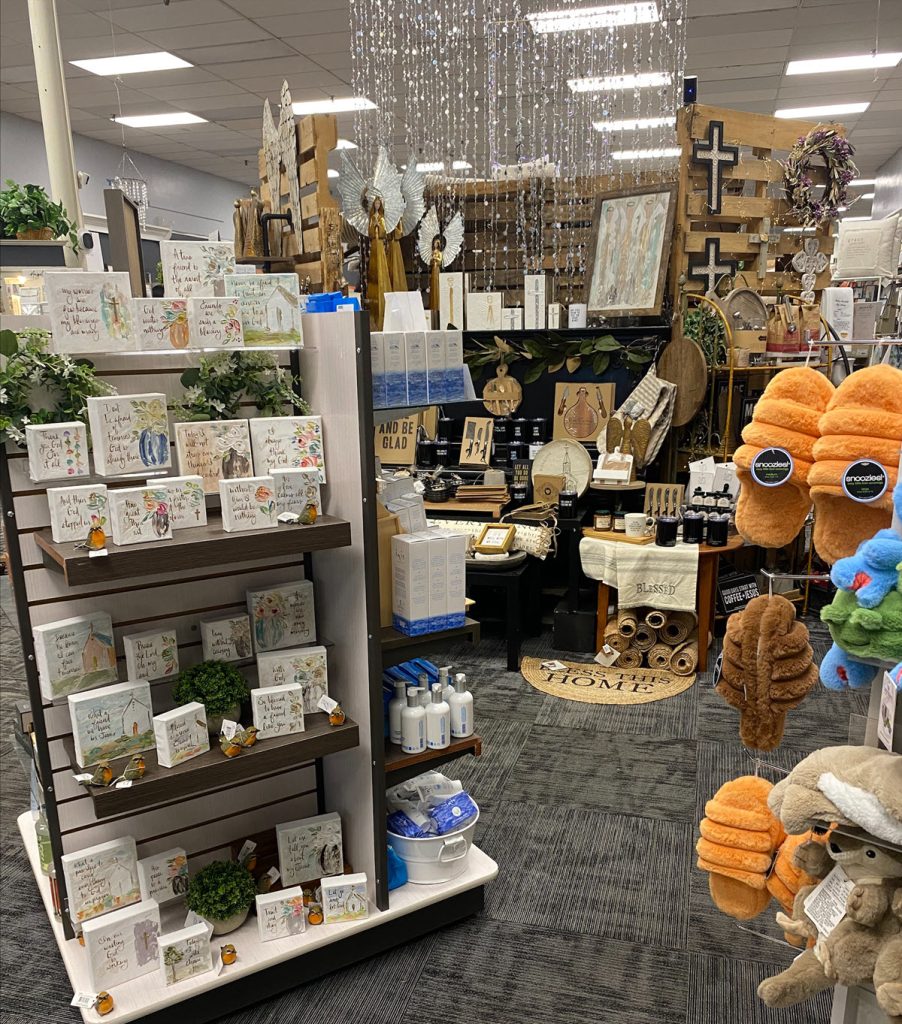
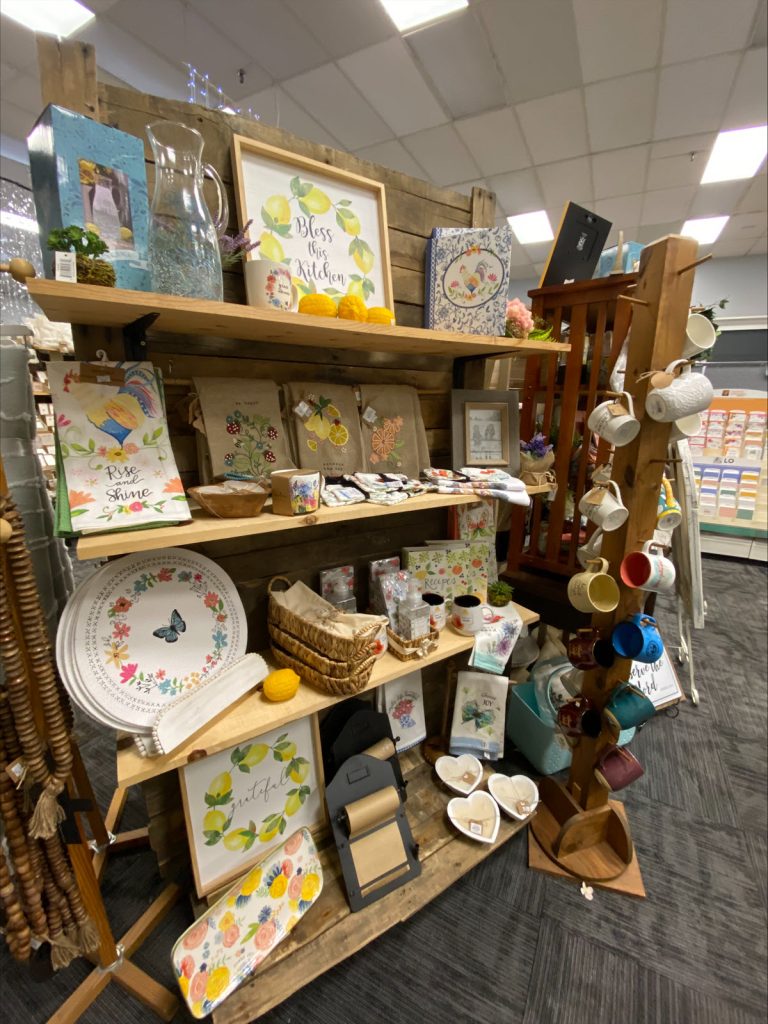
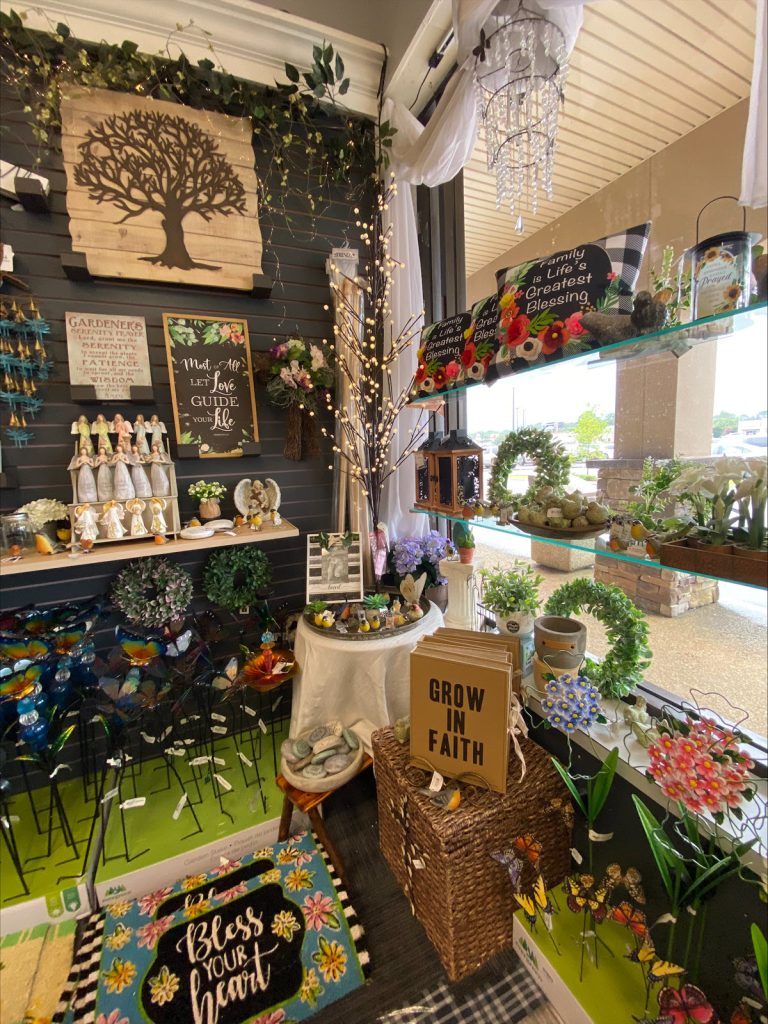
More Store Reports
In the Midwest, Sherrie Ludwig of Copper Horse predicts her sales will be down by 25% to 50% by the end of the year. “There was an electrical fire at my building in January, followed by my extended illness,” she said. Since reopening in May, her sales have started to recover.
Ludwig sees people spending the same amount this year as they have in recent years. She has noticed people are buying at two ends of the spectrum — luxury and bargain/closeout. Ludwig has not changed her pricing.
Lorraine Schroth of Cranberry Boggs Primitive Country Décor said buyers are spending less. “I believe they are being very cautious in spending. They seem to be spending mostly on daily essentials,” she said. “We do not mark up as usual on certain items. We try to keep the pricing affordable and not cross the certain mark that makes people walk away.”
Located in northern New York, the store’s first-quarter sales were down about 30% compared to last year. Schroth expects her year-end sales to be up by 0% to 5%.
“I think that due to the economy, our sales will be pretty close to last year,” Schroth said. “Consumers seem to be afraid of spending for nonessential items,” she said.
At Stuf n Such in North Carolina, Cece Denny said first-quarter sales were up a little compared to previous years, and she predicts sales will be up 0% to 5% at the end of 2023.
She said the first quarter started out well and was up slightly but the last two months were down a bit from last year, so she does not know what is coming.
Buyers are spending less this year, she said. They are buying smaller gifts, because they still want to give gifts but have less money to spend, Denny said.
She has not changed her pricing in the last six months. “There is a shift going on. It’s sort of like feast or famine,” Denny said. “They shop hard for a day or two and then disappear for several days. It will be an interesting second half to the year.”
Sandi Liss has changed her pricing. “There’s no such thing as keystone anymore, and you can’t survive if that’s all the markup you’re doing,” she said.
She owns SoulJourney and said her first-quarter sales were not bad. “I wasn’t sure how it was going to go, but it ended up being a bit better than expected,” she said.
She thinks overall sales at her New Jersey business will be up by 5% to 25% and attributes this to higher prices for everything. “I’ve had to raise some prices to cover obscene shipping costs, which aren’t going down, unfortunately,” Liss said.
People are spending the same this year as they typically do, she said. “There are no real trends that I can see, but I’m a very specialized market that doesn’t see a lot of fluctuation in that regard,” Liss said.
Julie Stratton’s customers are spending less. They are buying gifts and clothing.
She owns The Black Lab Trading Co. in Ohio and has changed her pricing. “Our prices have had to increase to cover our increased expenses,” Stratton said.
Another factor affecting brick-and-mortar stores like hers is that people continue to shop online, she said. “I also have a hard time keeping up with social media and advertising,” Stratton said. “It is getting harder to reach your customers and new ones.”
Her first-quarter sales were sluggish. Consumers were cautious, resulting in sales being 15% lower than what they were that quarter in previous years.
“I believe inflation and higher interest rates for borrowers is a driving factor,” Stratton said. “More of their money is going into loan payments and cost-of-living expenses. Discretionary spending is taking the hit.”


